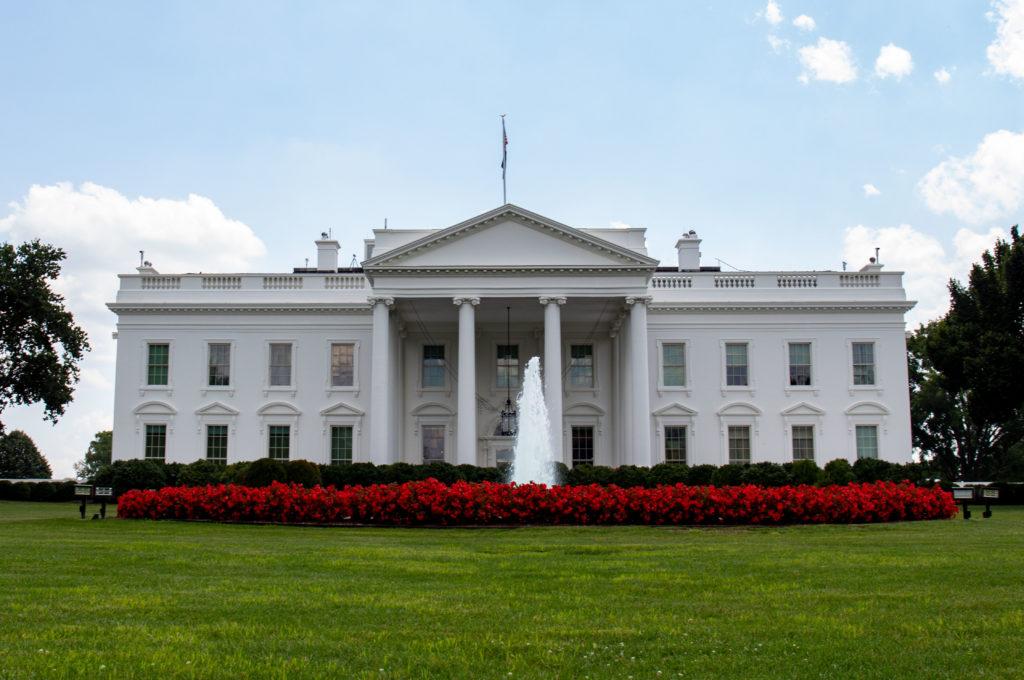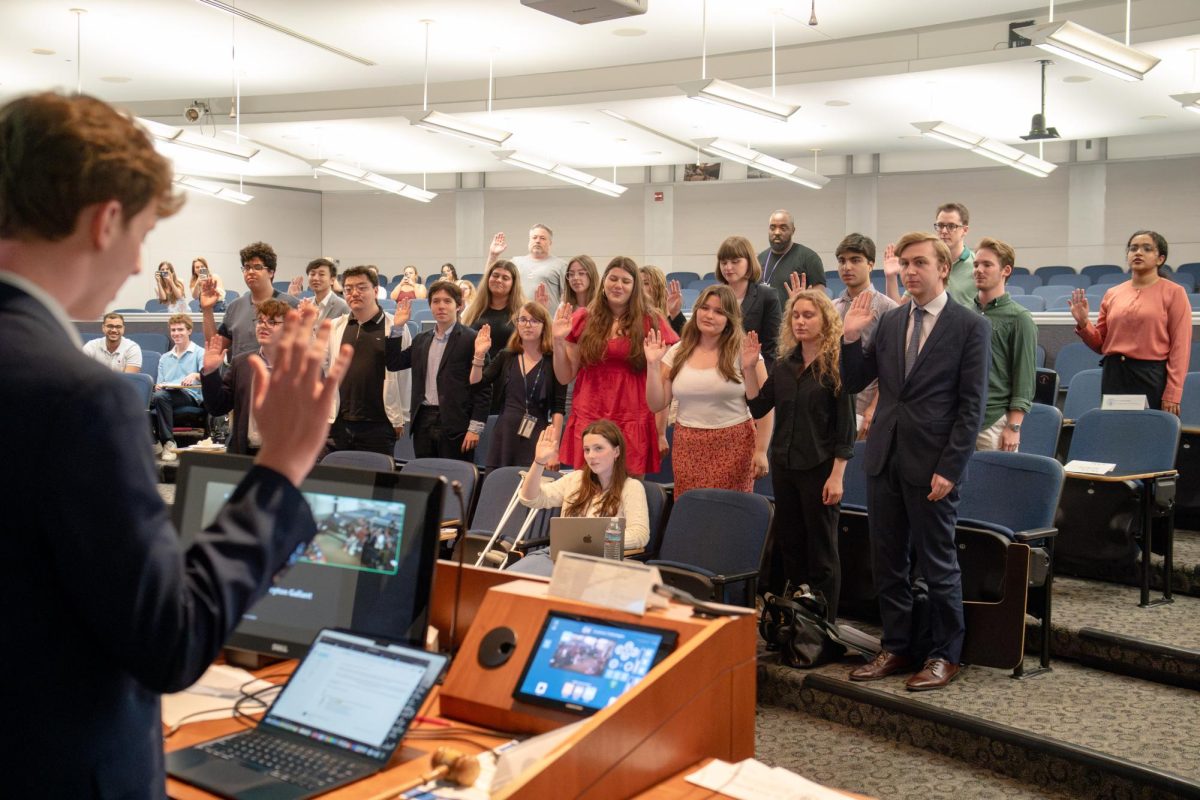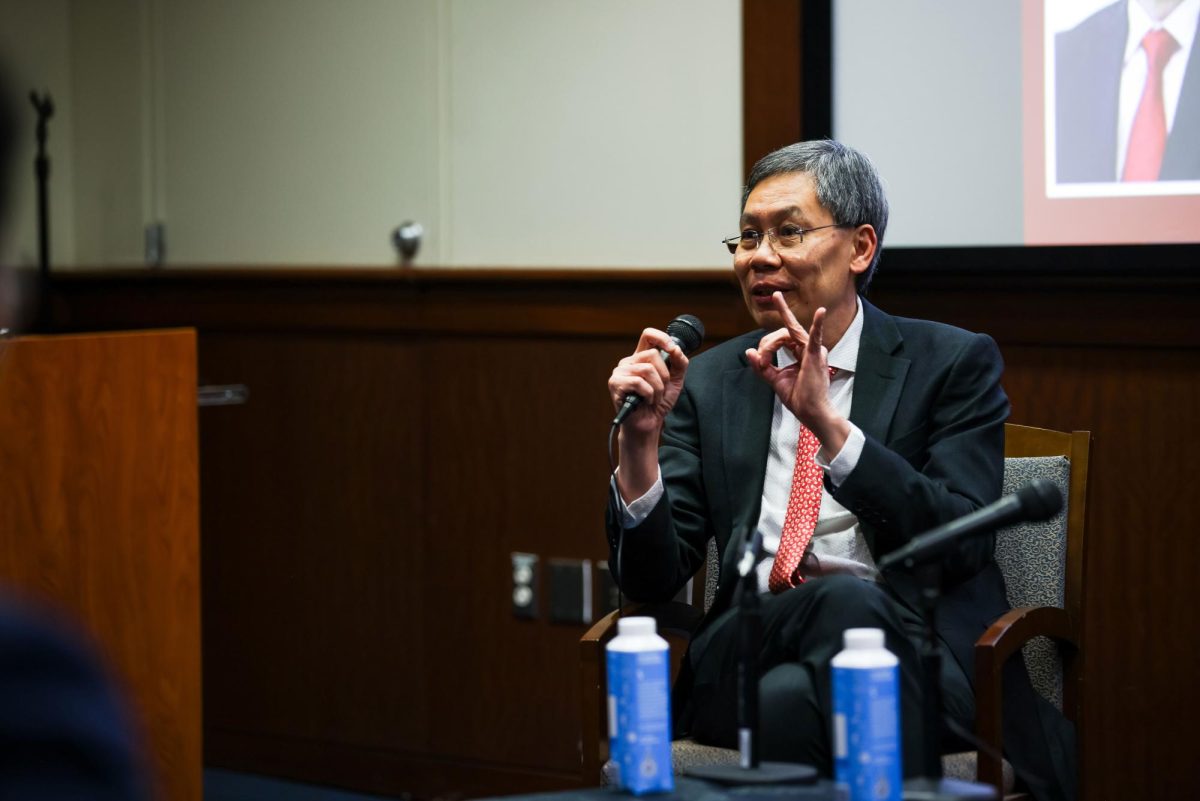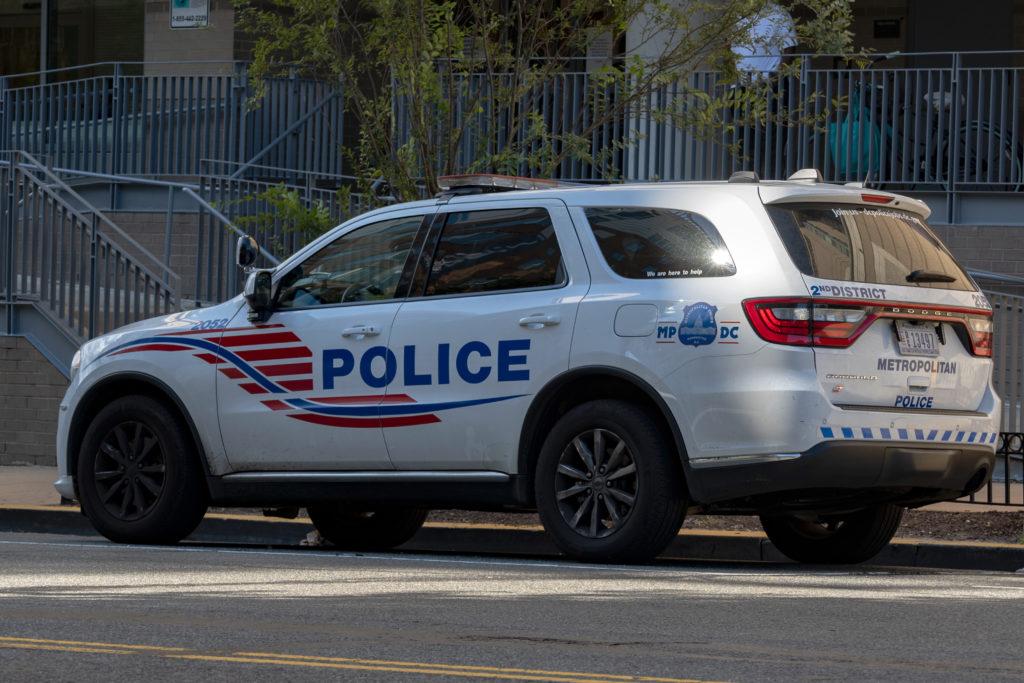
Updated: Monday, March 3 at 11:54 a.m.
Junior Avra Bossov took a stance against the campus alert system during her Student Association campaign last month, arguing that students should hear about campus emergencies from official GW communications – not from rumors on Twitter.
Students have taken to social media and SA campaign platforms this year to call out the University for sending too few crime alerts. But Senior Associate Vice President of Safety and Security Darrell Darnell said last week that his office looks at it differently: Too many emails and texts would bombard students and make the system less effective.
He said his office has gradually decreased the alerts since he arrived four years ago, when students complained about the high volume of messages.
“We were sending out alerts on every single little thing and people were ignoring them,” Darnell said. “One thing we don’t want to do is send out so many alerts that people start to tune them out.”
Bossov, who earned the organization’s No. 2 seat on Feb. 20, urged administrators to more quickly notify students about potentially dangerous situations, like the pair of gun threats that GW did not immediately report to the community this year. As more students receive news updates online, Bossov and other candidates said the University needs to keep up.
Darnell said the system will never be as fast as Twitter because administrators must take multiple steps to confirm details of an event. GW sent out 24 alerts last year and 30 in 2012, he said.
“You can send out a tweet as a private citizen and you don’t have to have all the facts and you can just say you heard something,” Darnell said. “I don’t have that luxury.”
The Metropolitan Police Department – which has different reporting processes than UPD – will also sometimes respond to incidents near campus and send out tweets from the 911 call before tipping off UPD, Darnell said.
Student leaders also advocated for faster updates after the September shooting at Navy Yard. The shooting took place around 9 a.m. but the University did not send out an alert until 11:21 a.m.
Student Association president Julia Susuni said she met with Darnell and other administrators after the Navy Yard shooting to learn how GW decides what messages to send. She said she had fielded concerns from multiple students because of the delayed alert.
“When a message like that isn’t sent out and you get something hours later, there’s uncertainty,” Susuni said.
Darnell said that alerts won’t be sent out unless a situation is a threat to campus, and students were not officially immediately notified about the shooting because it was a contained incident several miles from campus. The alert was sent several hours later, when ambulances began arriving at GW Hospital.
When a police chase ended in officers shooting a woman at the Capitol in October, the University did not send out an email alert but tweeted that the incident did not affect campus.
Darnell said he believed the University has successfully balanced its obligation to inform students about events while also confirming all details that could impact campus.
“From our perspective, we think we’re being judicious in it and that when it comes, people are listening to it and know, ‘This is something I need to pay attention to,’” Darnell said.
GW launched a text message alert system in 2011, after a delayed alert about the Halloween shooting in Georgetown. Under the Clery Act, universities are mandated to “immediately notify the campus community upon the confirmation of a significant emergency or dangerous situation involving an immediate threat to the health or safety of students or employees occurring on the campus.”
Darnell said 17,000 people have signed up for the text alerts, which he said helped administrators reach out to students on a variety of platforms.
There are also 38,000 students, faculty, staff and alumni who automatically receive alerts through their GW emails, University spokeswoman Maralee Csellar added.
– Colleen Murphy contributed reporting.







